Why the Met Gala Wants You to Wear American Brands in 2022
In a post-MAGA, post-BLM, post-insurrection America, fashion is changing - and it looks like the Met Gala knows it.
How 2020 Changed The Met Gala Forever
While Gen-Z might associate high-end fashion with an out-of-touch, aging industry, the Met Gala is keen to prove its relevance in a world that looks very different today compared to when the last one was held in 2019.
After catering exclusively to high-society for over 70 years, the hotly anticipated 2021 gala and exhibition aims to be a departure from previous events. Over the last 18 months discussion has been centred on whether the Met Gala can return to “business as usual,” this year. And if it does, debate will likely spark around the necessity of such an establishment in what has become the screaming 2020s.
While they're not exactly sending Gala invites to people outside the fashion inner-circle, the exhibition will pose important questions of American identity, and brazenly tackle issues of inclusivity (or lack thereof) in the American fashion industry past and present, with the theme "In America: A Lexicon of Fashion".
Through this introspective process, the Met hopes to highlight the immense cultural relevance behind American brands, especially those that were co-opted by subcultural movements.
New Voices Emerge
Over the course of the pandemic, a generation of fashion trailblazers have emerged, elevating voices and views that previously fell by the wayside. Apart from an increased desire to be comfy all the time, the pandemic has redirected the moral compass of consumers, highlighting the fashion industry’s shortcomings in both sustainability and inclusivity.
Among other things, the pandemic has instilled a desire for conscious clothing that is mindful of its impact on the environment - at a local level, and globally. For perhaps the first time ever, factors affecting consumers are equally affecting fashion’s most acclaimed monoliths. It’s also a question of logistics and convenience, event organisers pointing out the difficulty of importing garments during a pandemic.
In addition to the growing focus on fashion returning to a more sustainable and local industry, renowned Vogue editor, Anna Wintour, is making sure one question in particular in being amplified. In 2019 Prabal Gurung sent models down the runway wearing beauty pageant sashes emblazoned with the question, "Who gets to be American?", and one of these looks, complete with sash, will feature prominently at the threshold of the Met exhibition.
With decades of subcultural movements that have become woven into the fabric of America, the meaning of new patriotism remains open to interpretation. As an institution synonymous with the old guard of fashion, the Met’s Americana theme could potentially miss the mark if it takes an excessively fundamentalist approach to patriotism.
The political tumult of the past years has compounded with subcultural movements seeking to repaint the face of America. Rather than sullying these efforts, the effects of Trump’s presidency, Black Lives Matter movements, and the insurrection at the White House have buoyed marginalised groups in redefining American patriotism. Kylie Sonique Love, winner of the sixth season of RuPaul’s Drag Race recently took the crown draped in the star-spangled banner. "Being a trans person and wrapping myself in an American flag in a country where we're all supposed to have equal rights and be free, at the end of the day, that's not how it is," she told EW. “It's taking back this country and making it stand for something that we can be proud of."
The Meta Gala in 2021
This year’s line of up of stellar Gen-Z hosts include Billie Eilish, tennis star Naomi Osaka, poet Amanda Gorman and the inimitable Timothée Chalamet. These hosts have been selected in a bid to increase the relevance of the yearly Met exhibition for a younger audience, while signalling the new wave in the fashion and arts world. In particular, Chalamet’s track record of wearing utility fits in haute couture contexts and combining bold patterns with coveted sneaker silhouettes makes a strong case for the trend towards individuality in American fashion.
How the event is received ultimately rests with the stars who will walk the red carpet, interpreting what “America” is in vastly different looks. It is expected that all four co-hosts will combine accessible trends with red-carpet bravado. Keep an eye out for high fashion meets sportswear, or perhaps in the case of Osaka, performance wear meets couture. As this is the aspect of the event that gains the most press attention, perhaps the exhibition itself is losing relevance, regardless of the new angle. With the belated 2021 Gala almost here, time will tell!
Focus On American Brands
Curator at the Met Costume Institute, Andrew Bolton, said that he wants to encourage broader thinking when it comes to American fashion, which he feels is unfairly dismissed due to its historical roots in sportswear, and "the related values of utility, functionality and pragmatism." In contrast, many argue that this is actually where American fashion’s greatest strengths lie. The event’s organisers have stressed the monumental strides that American brands have made internationally, leaving a legacy that has enabled stylish individuals to make fashion entirely their own.
After decades with a laser focus on Euro-centric haute couture the Met appears to be questioning not only America's place in the international world of fashion, but the increasing relevance of American brands for American people.
Get ahead of the trend with the most coveted American brands with roots in counterculture.
RALPH LAUREN





Loopback Terry Sweatshirt
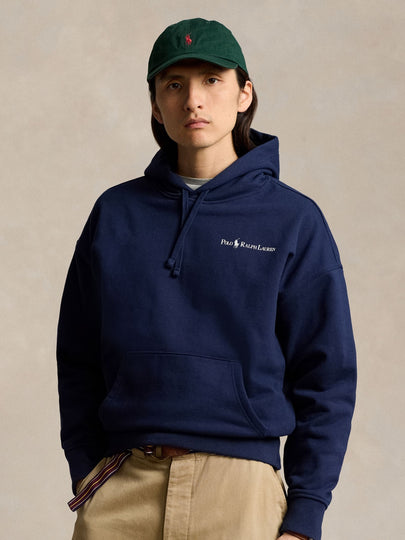
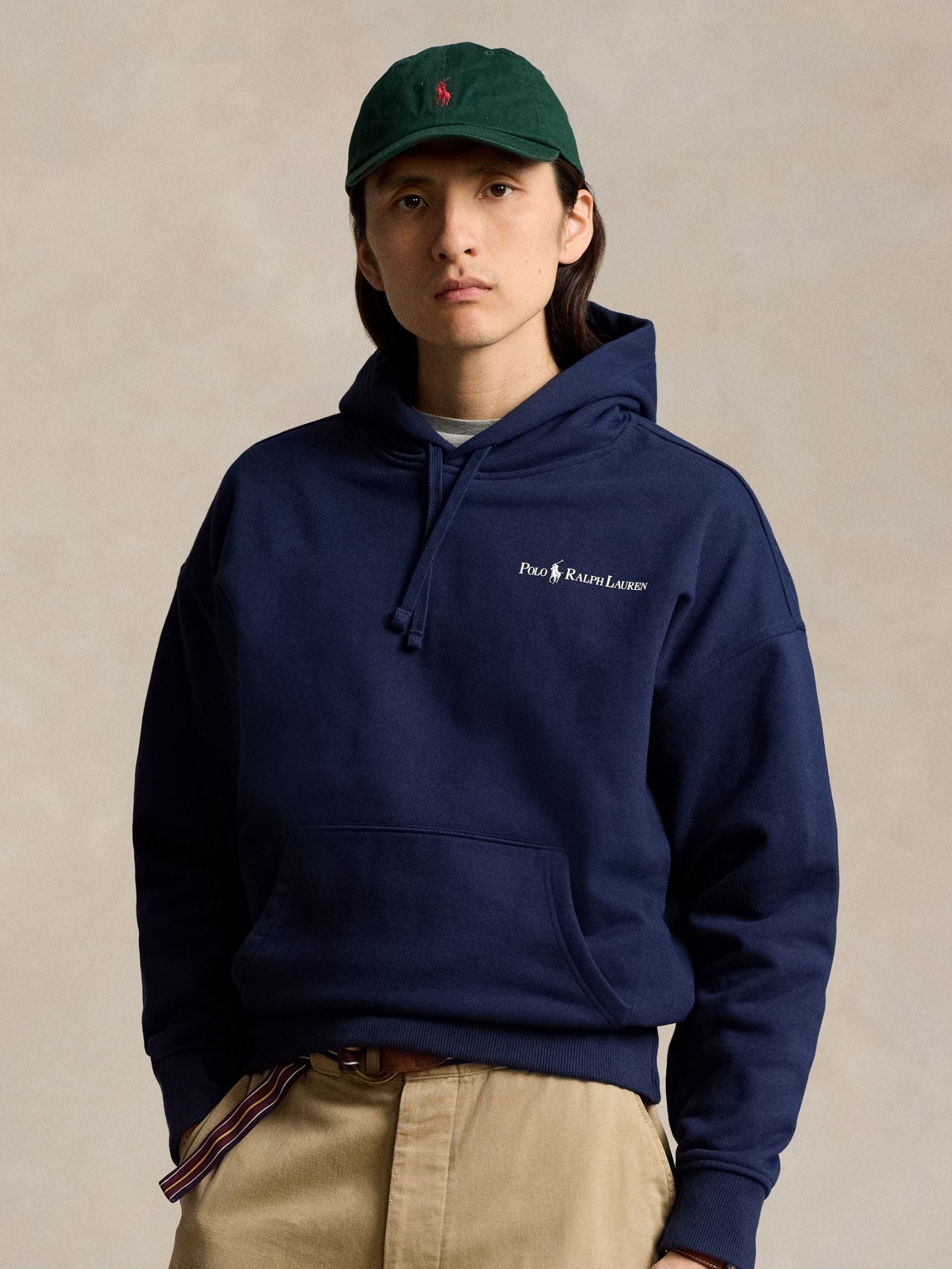




Heavyweight Athletic Club Fleece



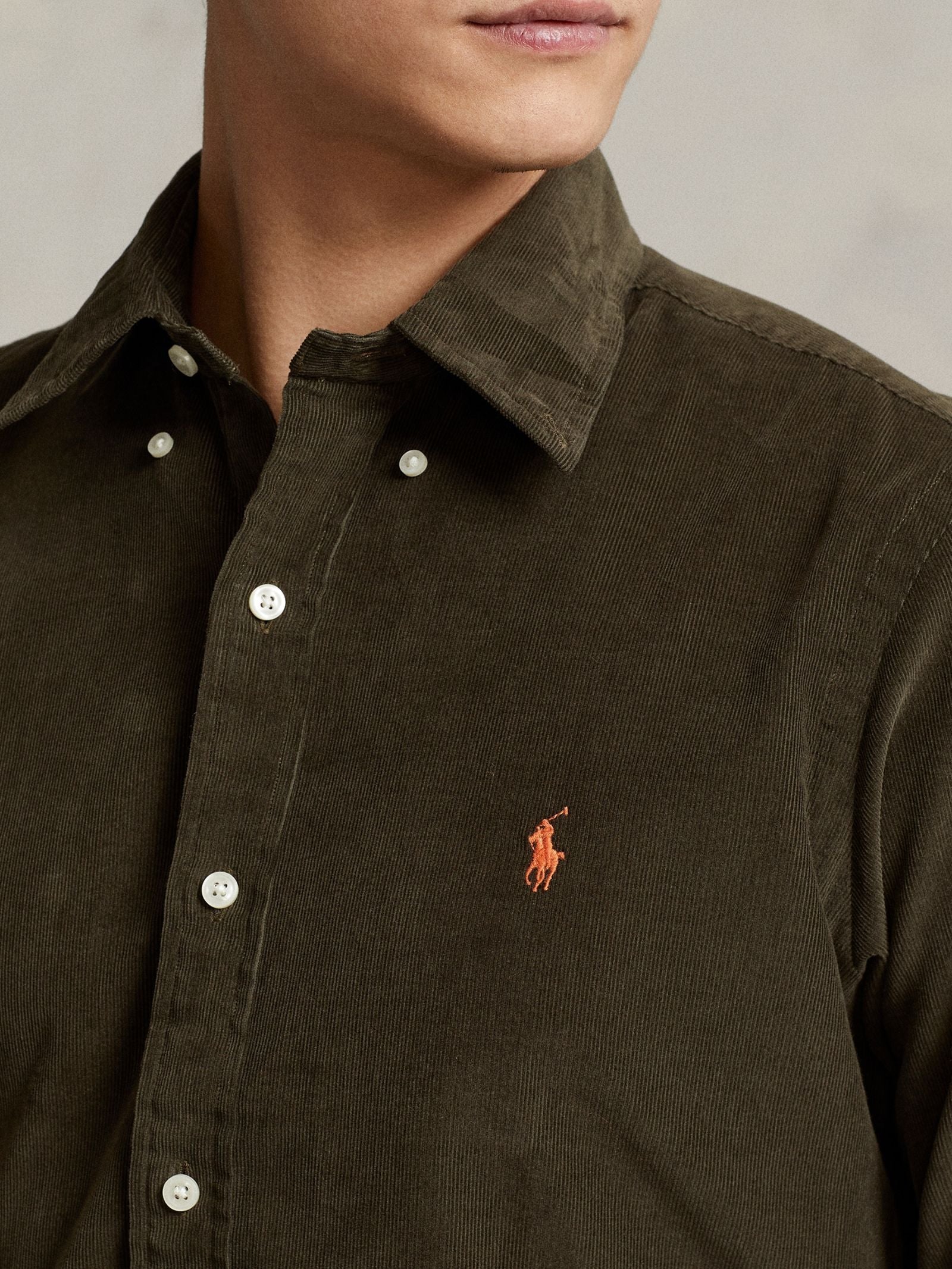

80/2 Corduroy Shirt
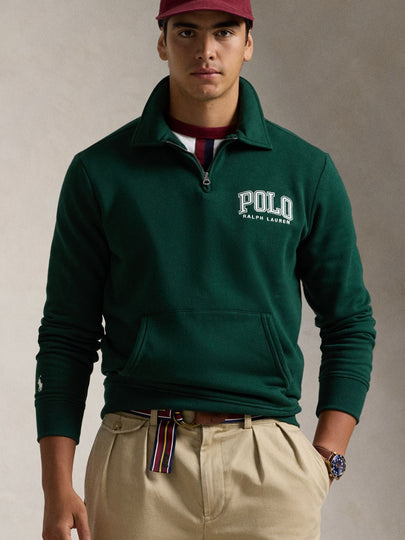





Graphic 1/4 Zip Sweatshirt





Polo Sport Flag Tee
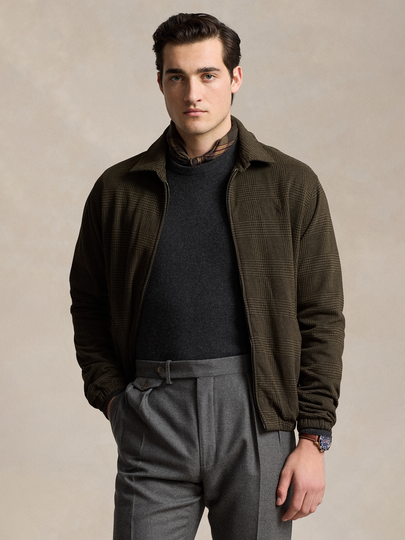




Bayport Double Knit Jacket
Among the American fashion houses exhibited at the Met will be Ralph Lauren, which cemented itself as the epitome of men’s tailoring in the 1972 adaptation of “The Great Gatsby” which saw Robert Redford suited in Ralph Lauren.
Three years later, Ralph Lauren revolutionised women’s fashion with the release of Woody Allen’s “Annie Hall”. During filming, Diane Keaton took creative control of her character’s wardrobe injecting a heavy dose of menswear. Tailored vests, oversized jackets, high-waisted men’s trousers, and ties were all provided by Ralph Lauren. The media was quick to criticise Keaton as they had never seen men’s fashion brazenly adopted by a woman on the silver screen.
Come the early 90s, Polo Sport was born and with it, the Polo teddy bear motif. The brand symbolised the wearability of its styles with the teddy bear logo appearing dressed in a tuxedo, surfing a wave, or bouncing a basketball, enforcing that Polo is for everyone.
It wasn’t long before creative spirits in the hip-hop scene were taking up the bright, colour-blocking of Polo Sport, with acts like Wu-Tang Clan adapting the designs to their own loud lifestyles. Since then, Ralph Lauren has gone on to become the official outfitters of the Wimbledon and the US Olympic and Paralympic team.
CARHARTT

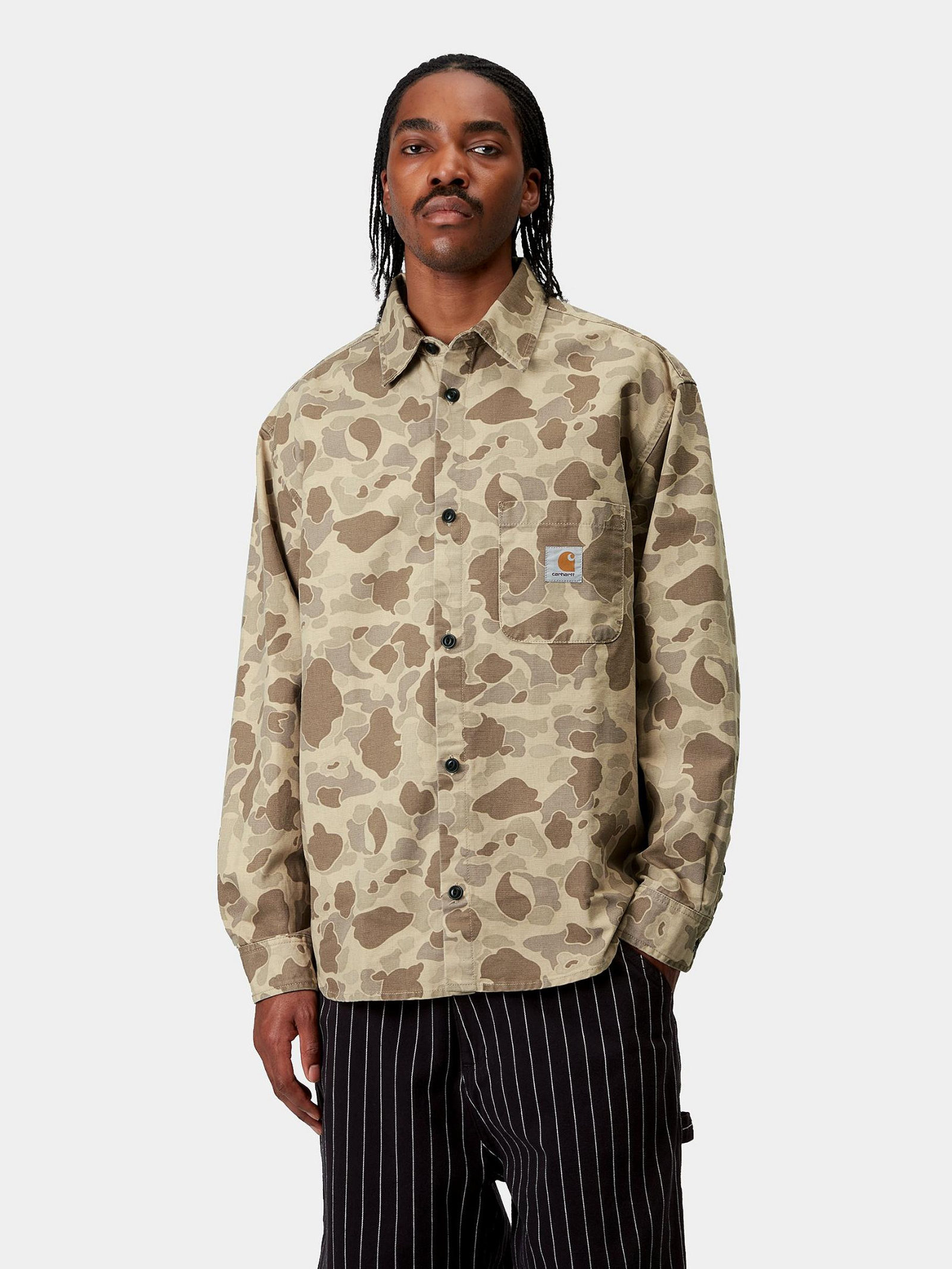



L/S Duck Shirt
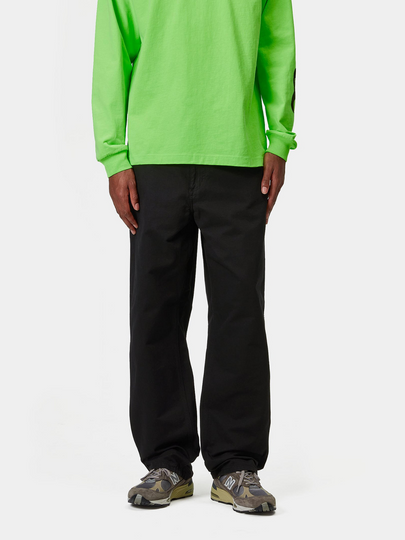
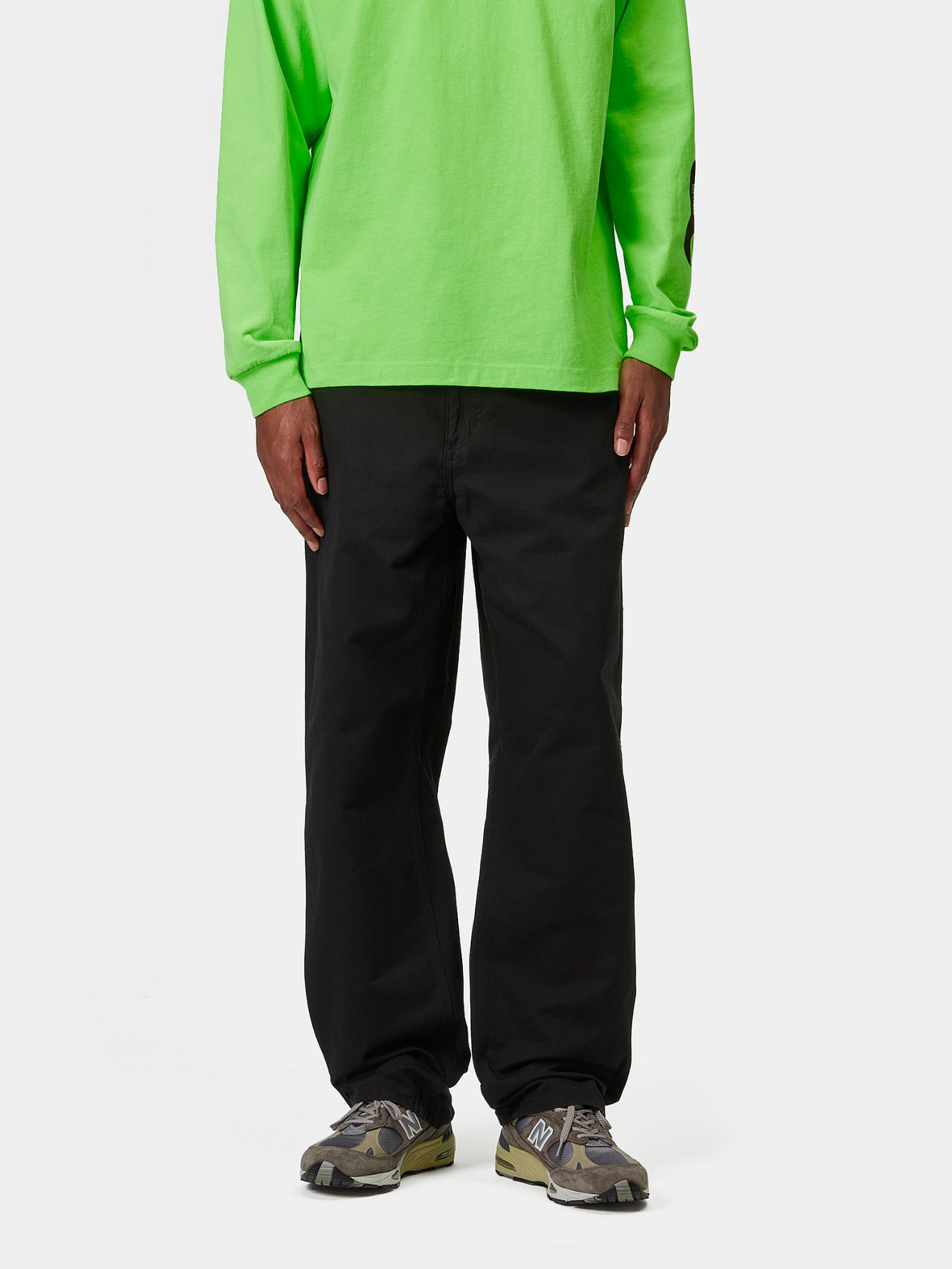



Single Knee Pant
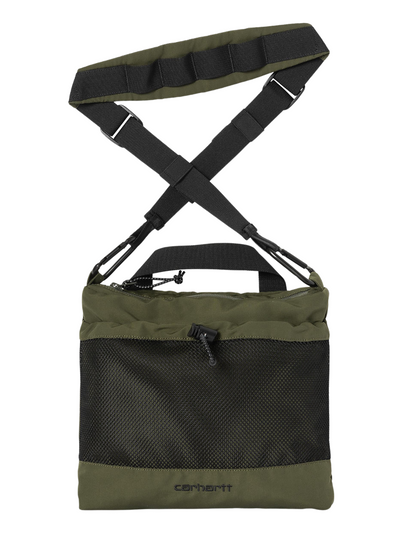


Irwin Shoulder Bag
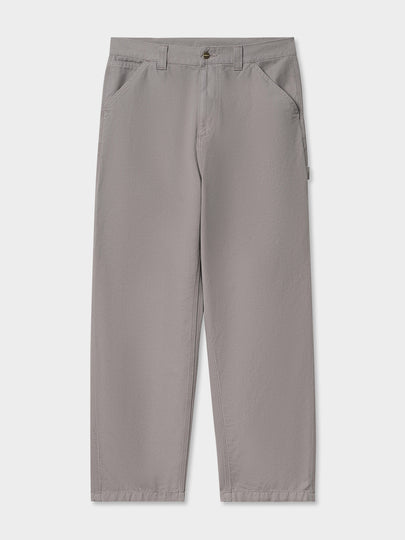


OG Single Knee Pant





Madison Fine Cord Shirt

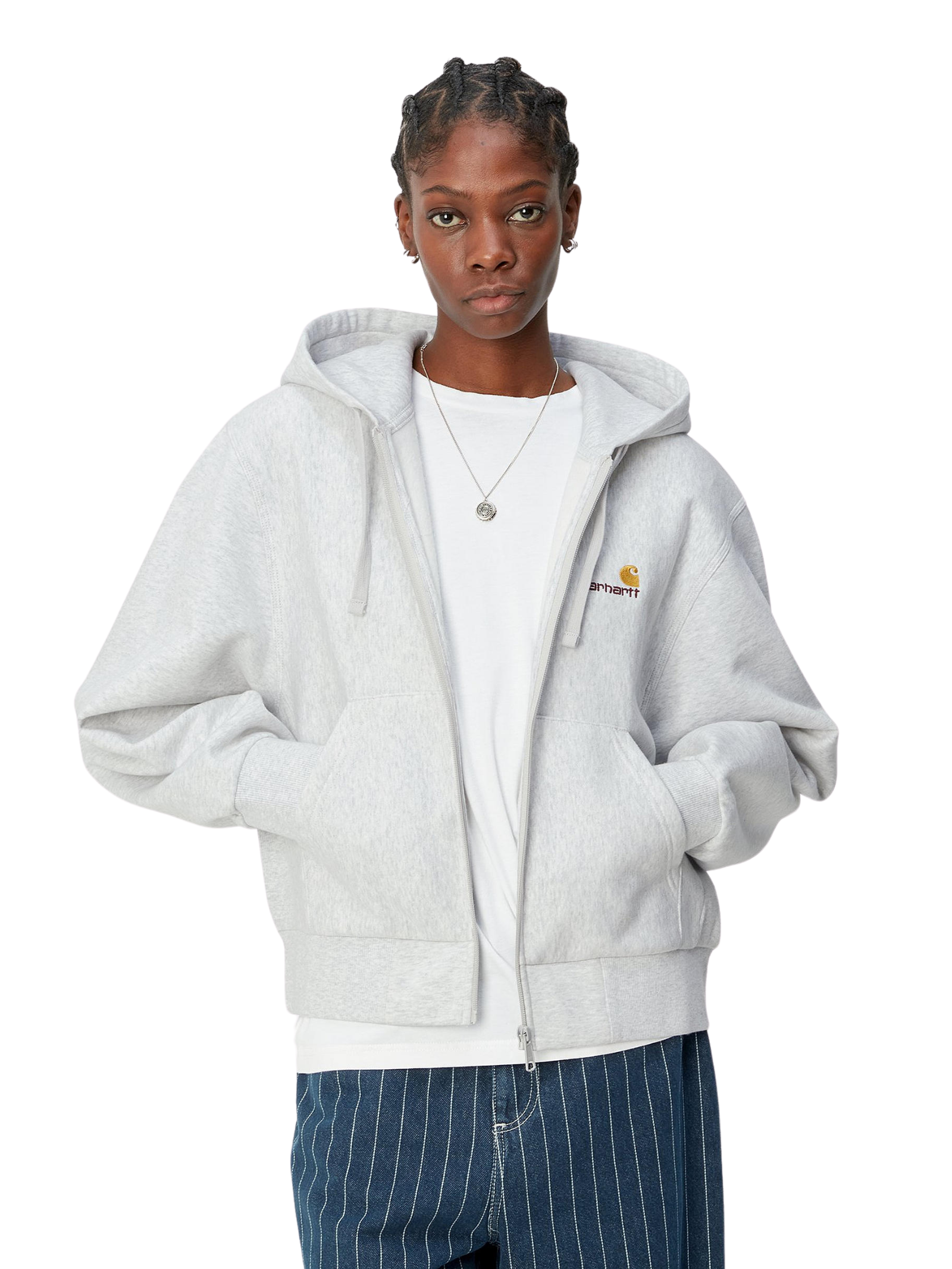




Hooded American Script Jacket
What was established as a workwear label for manual labourers saw Americans through world wars and the Great Depression. In 1989 after exporting the brand to Europe, the streetwise offshoot, Carhartt Work In Progress, was established. By the mid 90s, Carhartt WIP was on the rise in underground movements, including the skateboarding scene. This steady rise inspired the seminal French film “La Haine” which featured Carhartt heavily in the story of urban youth. After this, the brand went on to create its skate and BMX teams. After years of international success, 2011 saw WIP open a flagship store in New York – back home in the USA where it all started.
STUSSY


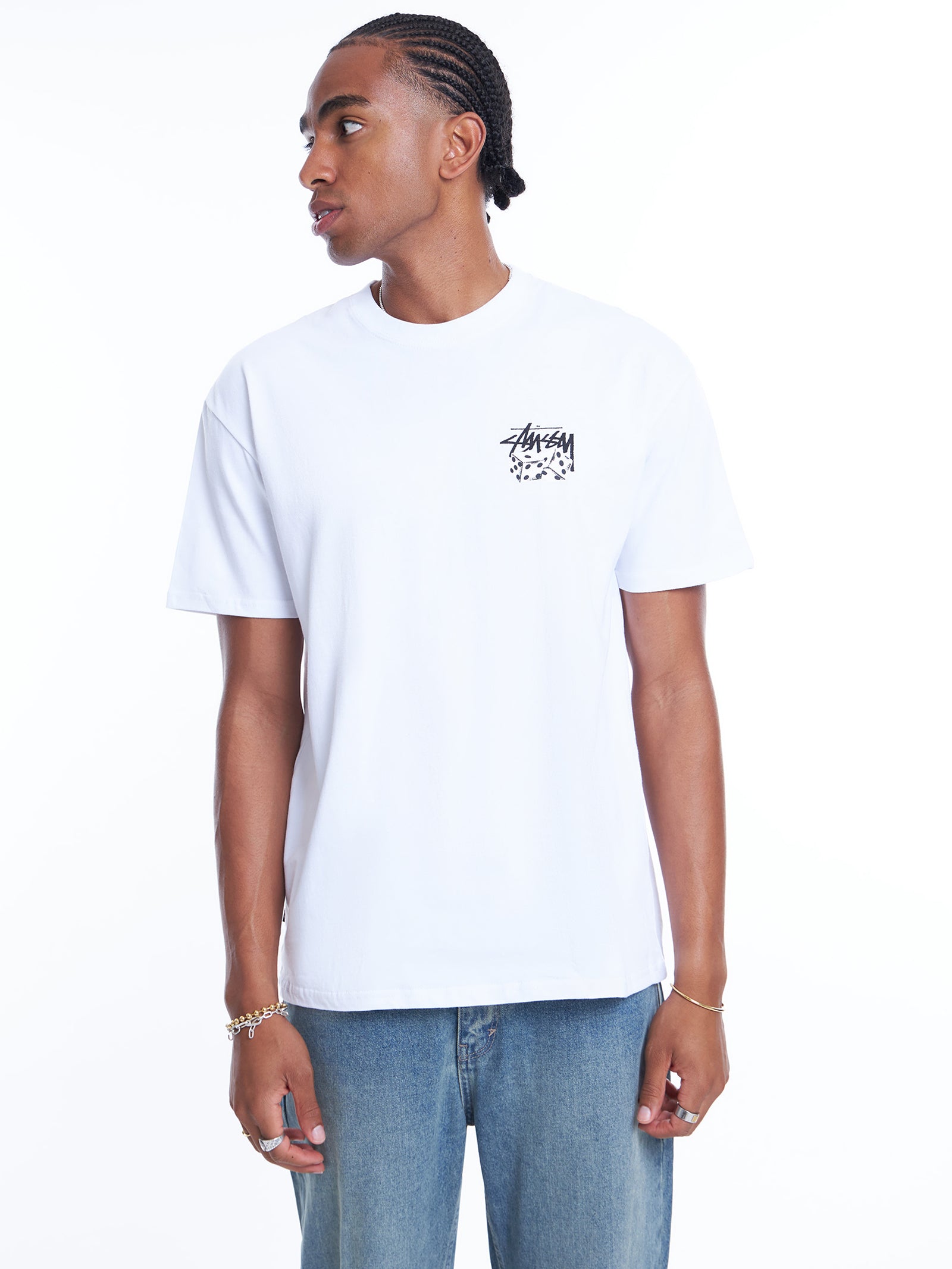

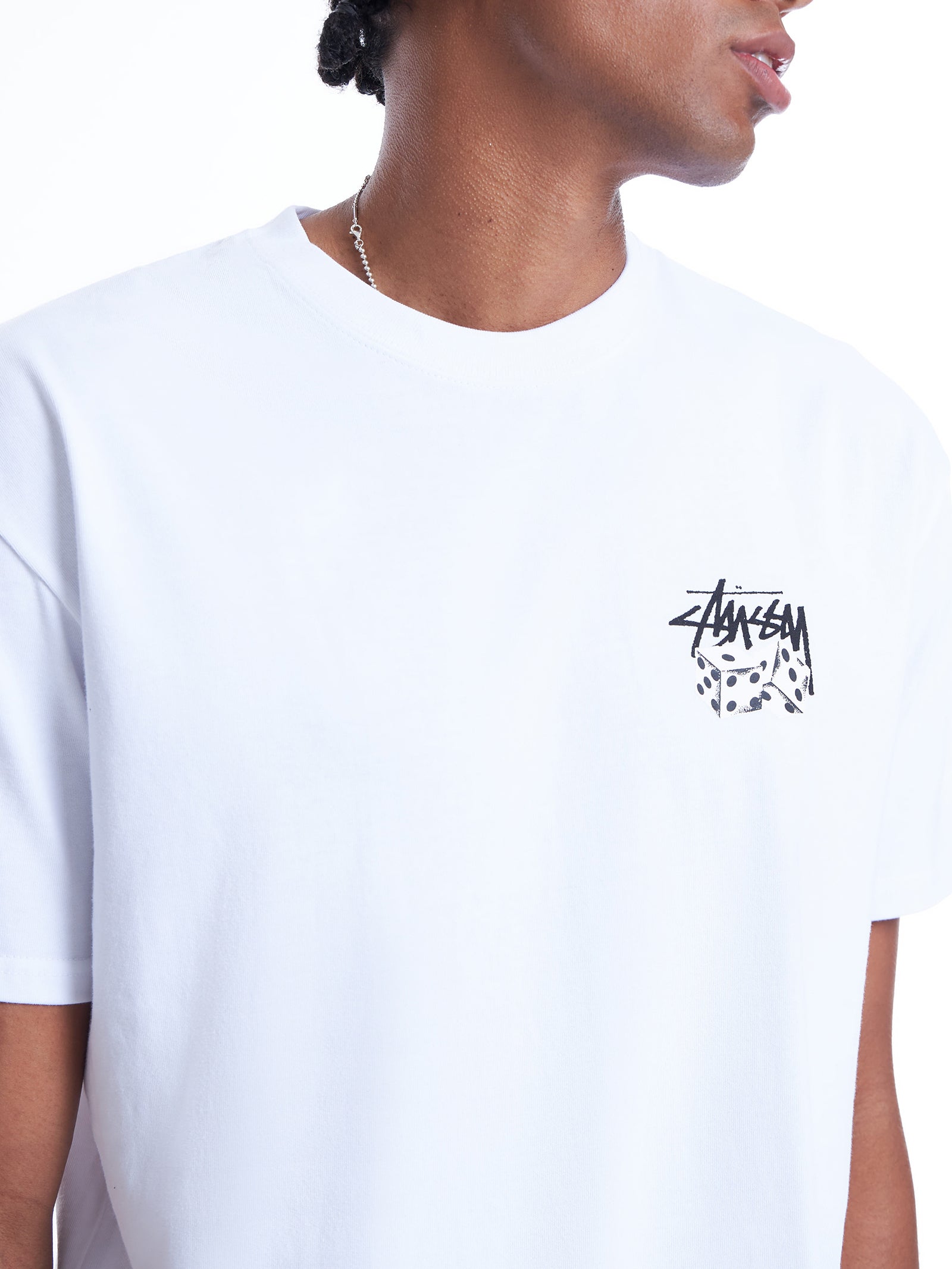
Pair Of Dice Heavyweight T-Shirt
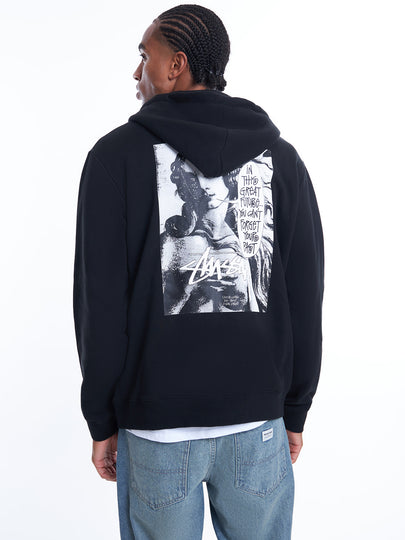








Great Future Zip Hood
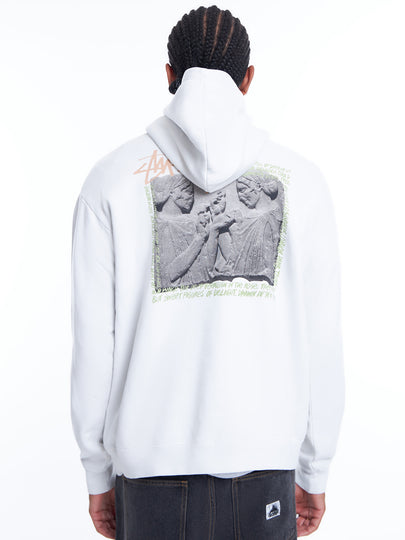




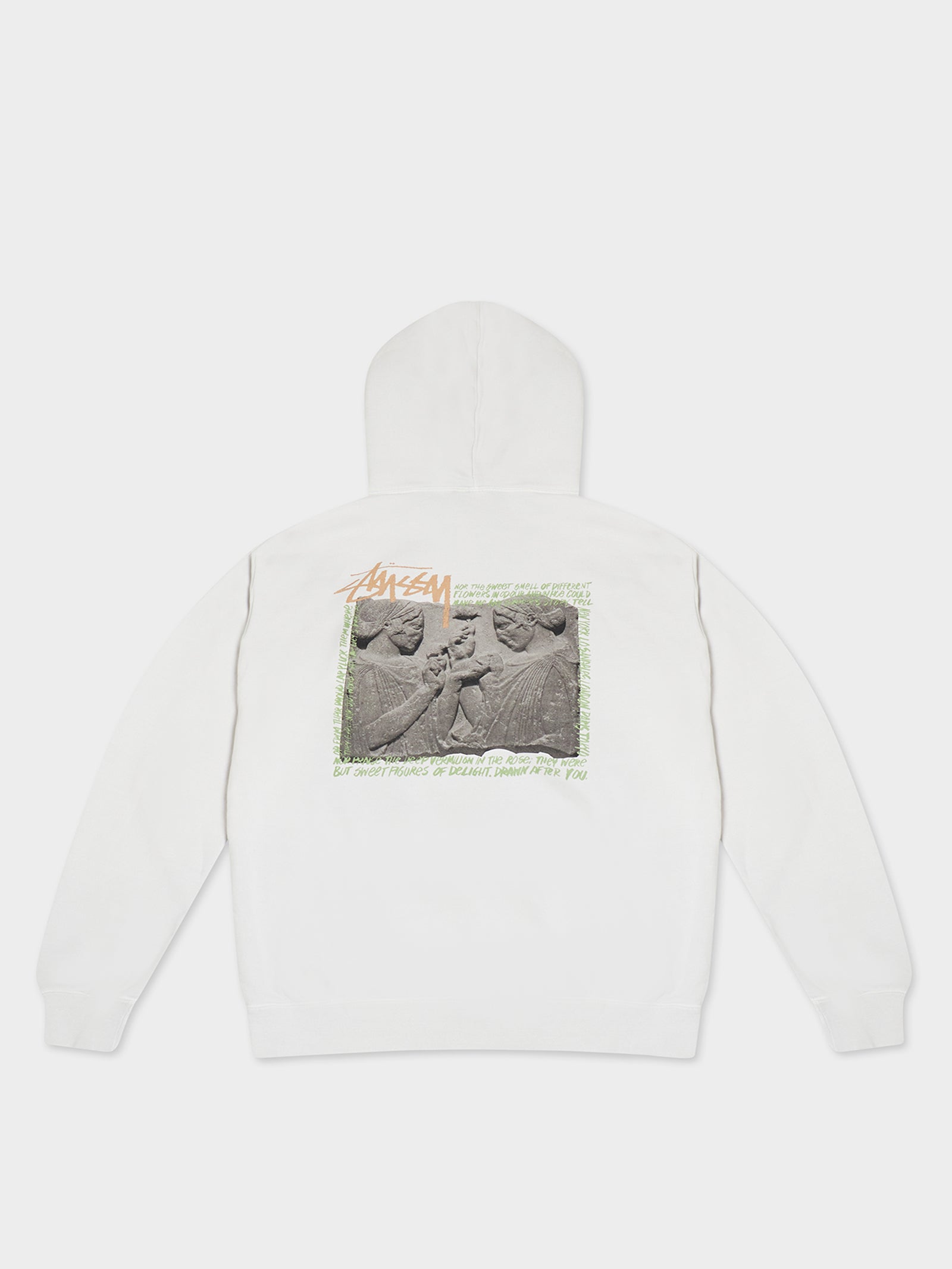


Elation Hood



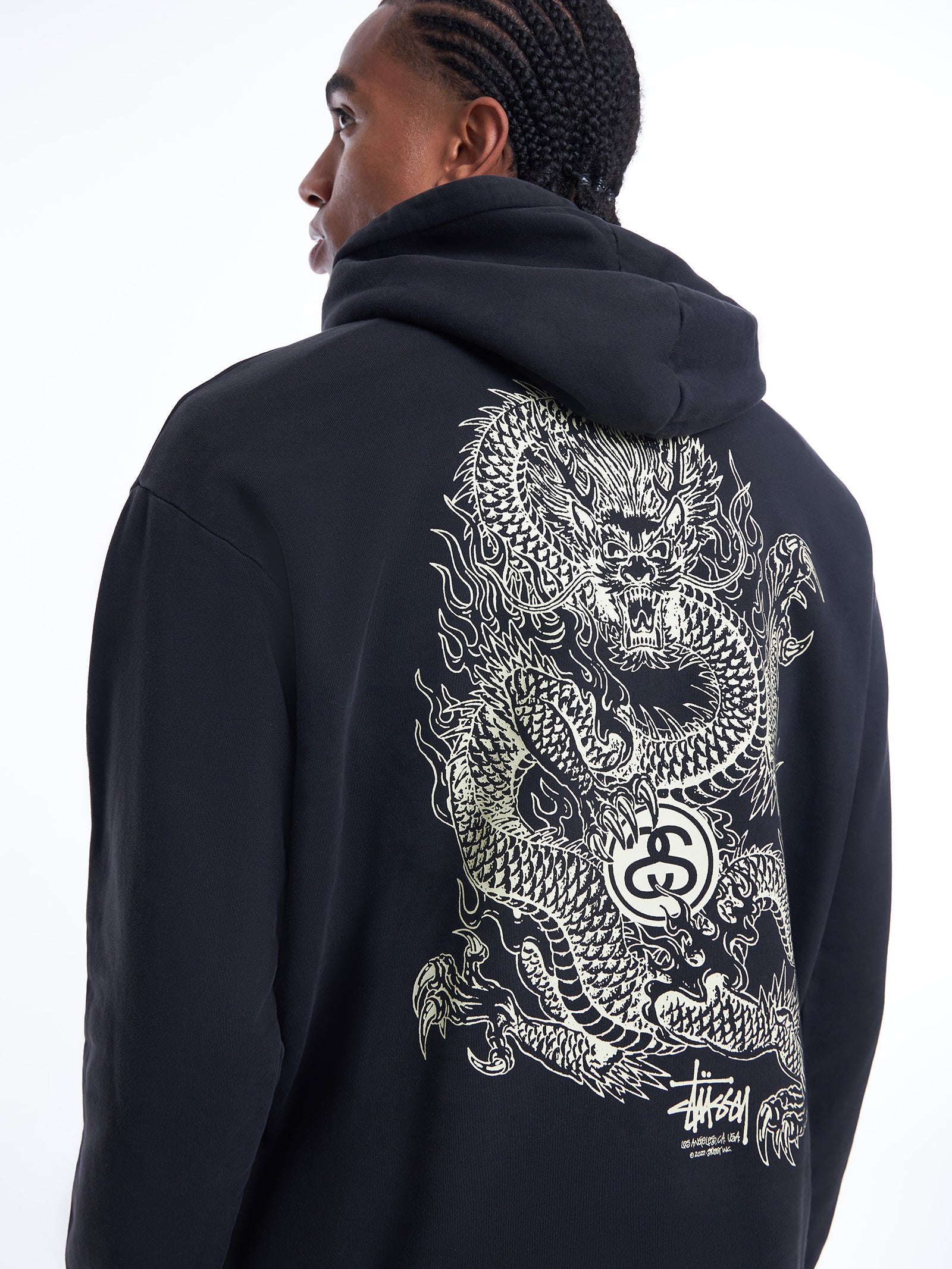
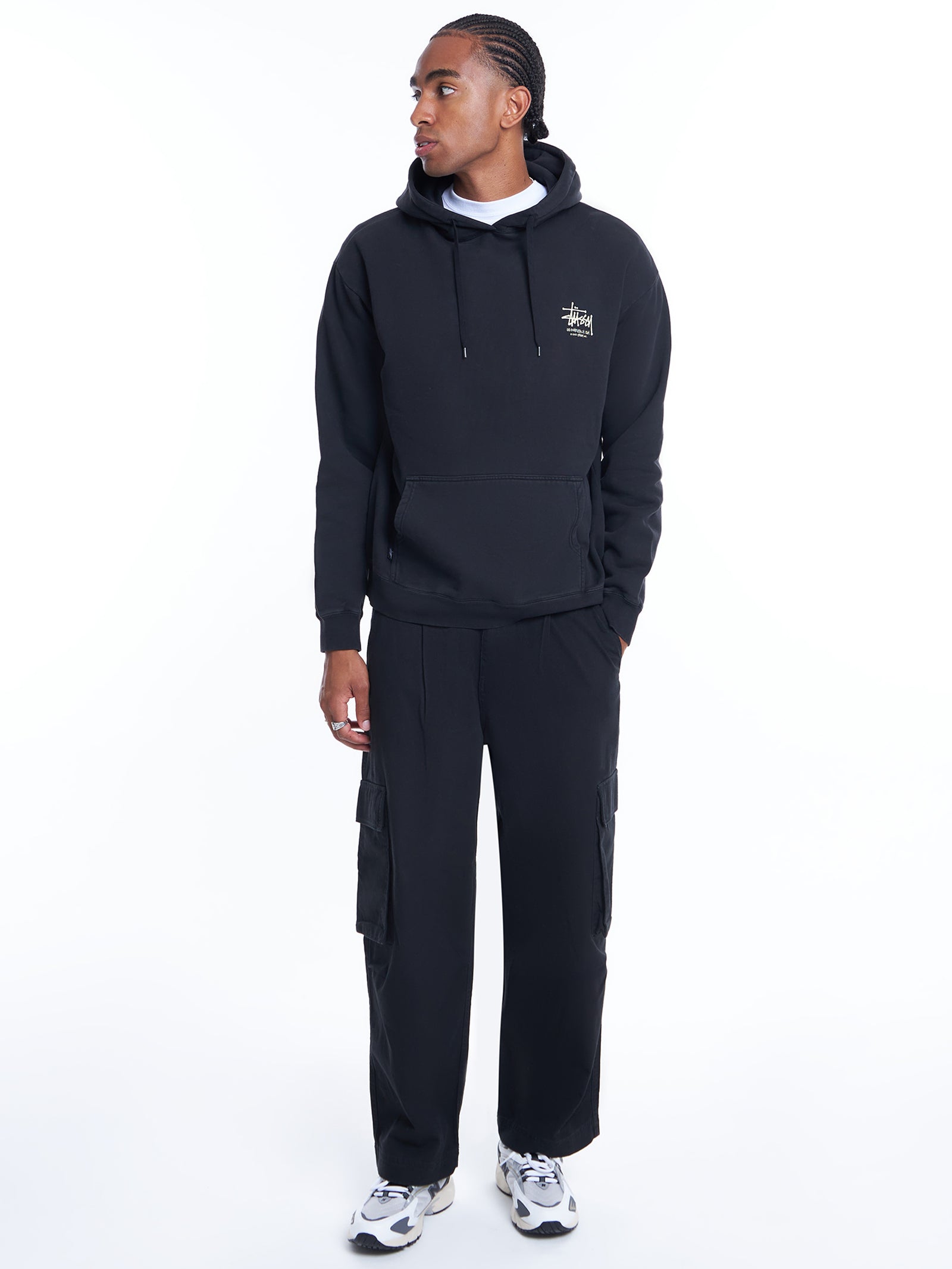



Dragon Hood

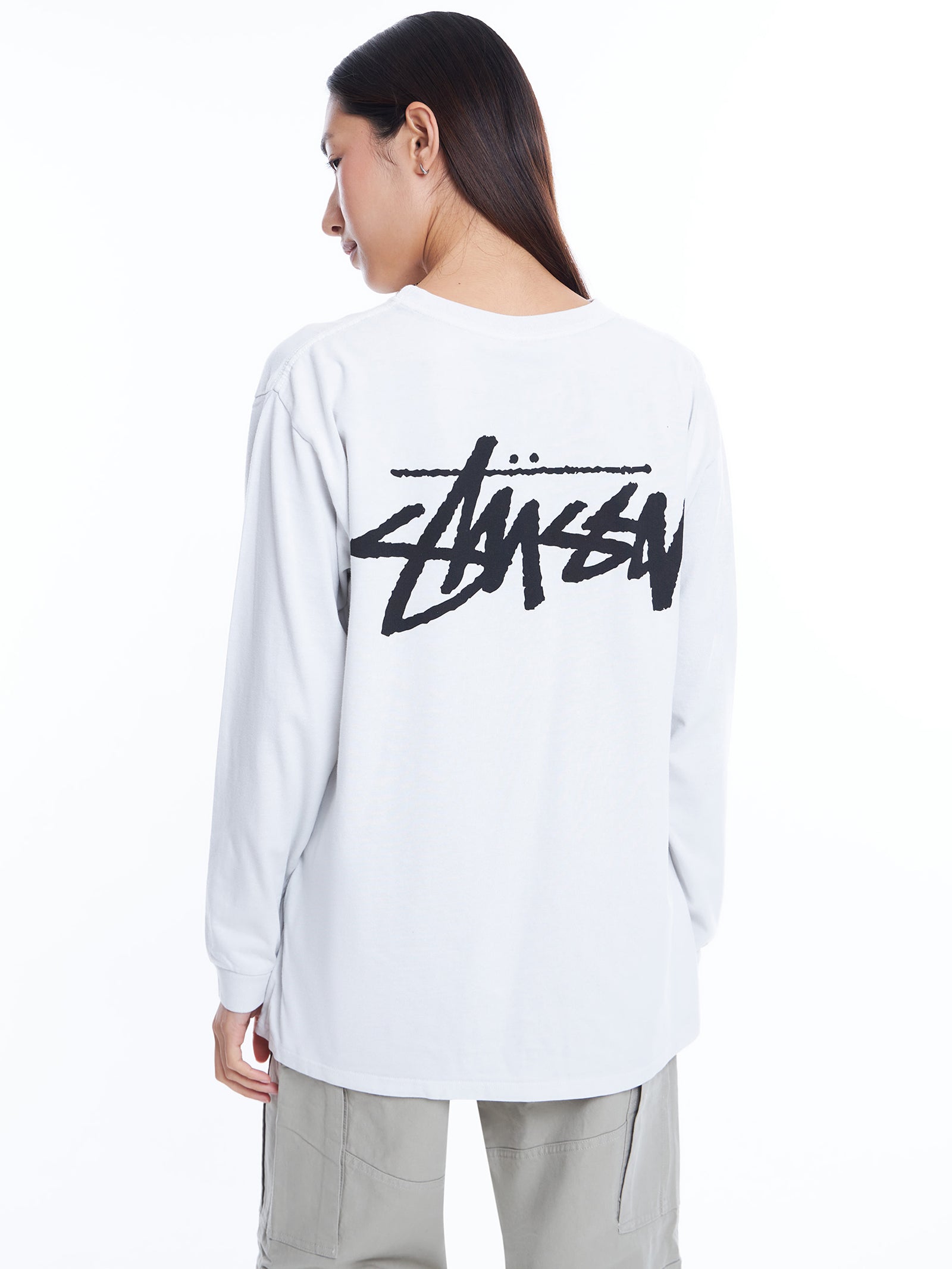
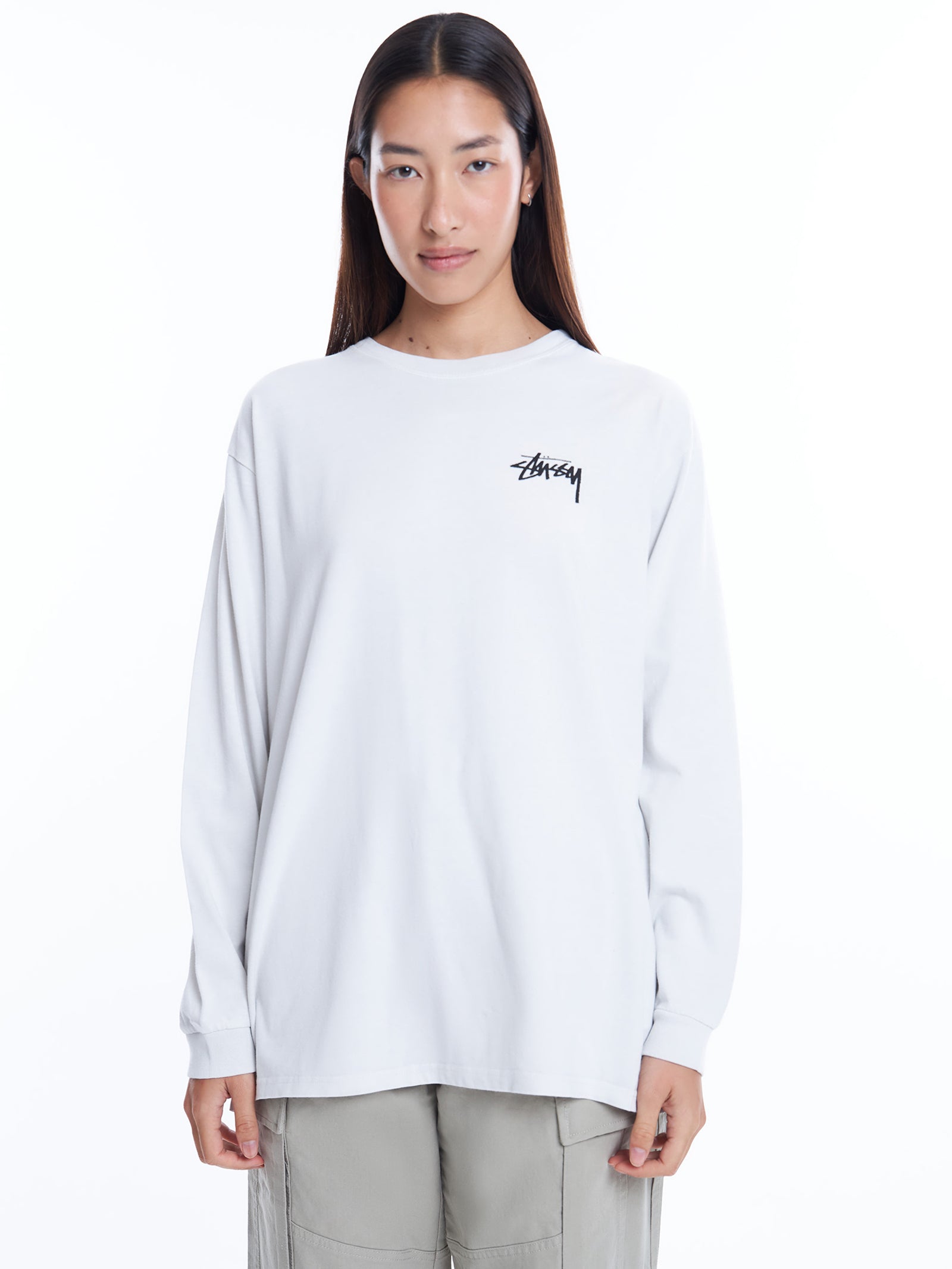


Stock Heavyweight Relaxed Long Sleeve T-Shirt

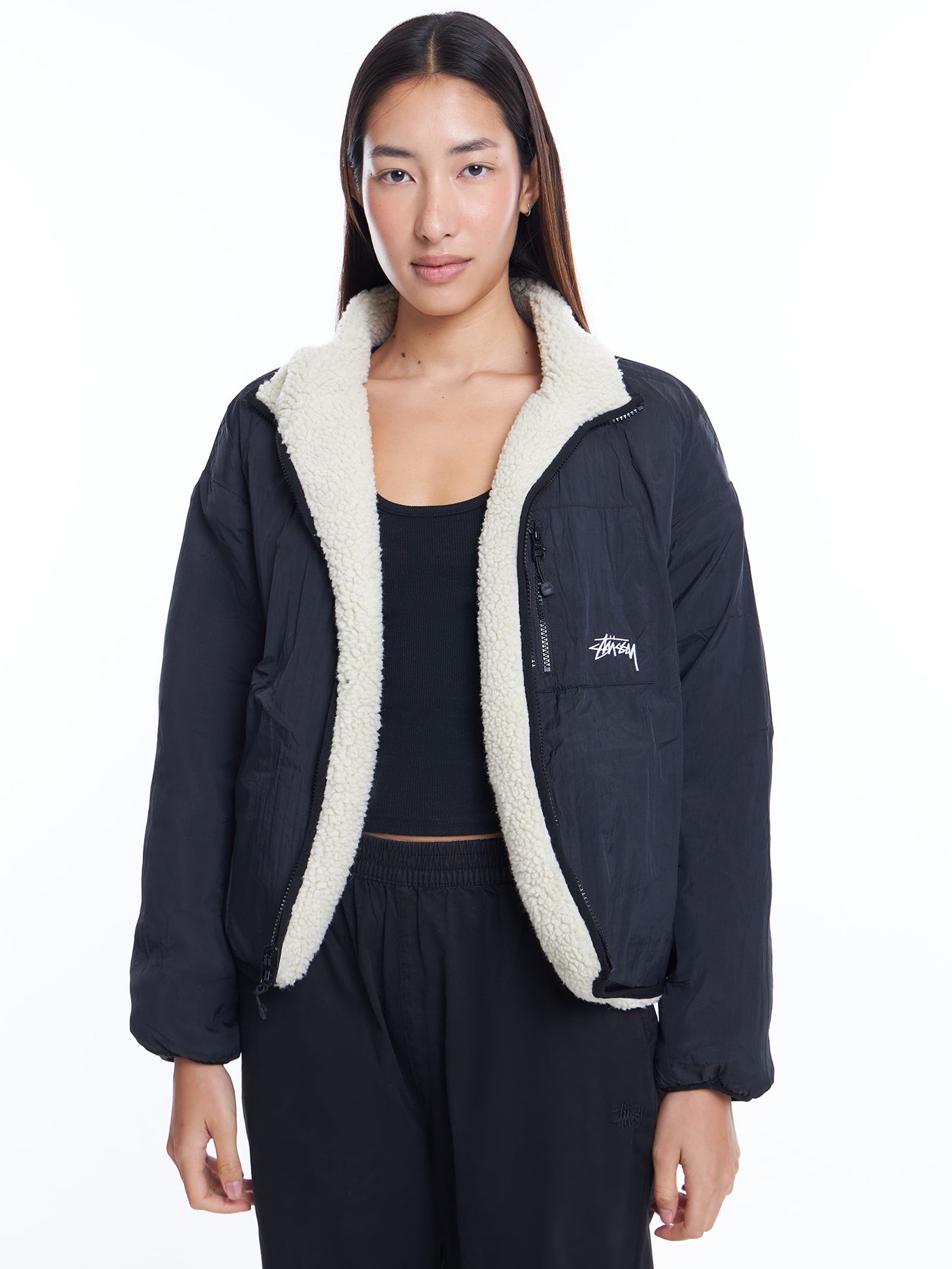

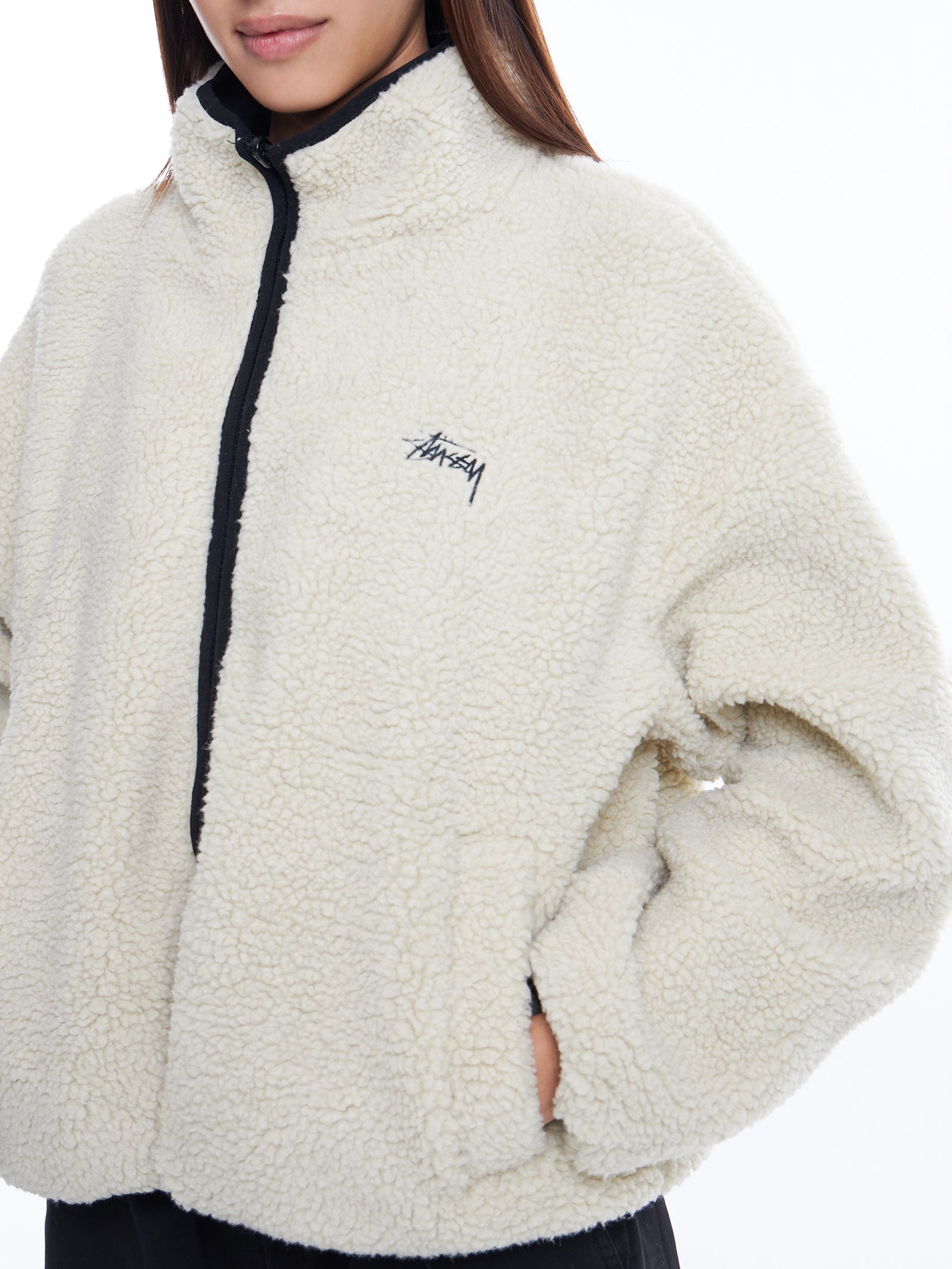





Reversible Graffiti Cropped Jacket
Born out of the Californian surf scene, Stüssy adopted a uniquely punk attitude and DIY ethos in their interpretation of casualwear. Graffiti was popularly incorporated into the iconography of the brand for the first time. Since the 80s, Stüssy has been inspiring trend-setters worldwide who found a common reverence for counterculture and individuality, forming the first ever “International Stüssy Tribe.”
TOMMY HILFIGER





Wool Varsity Bomber





Essential Badge Cardigan





Archive Tank





Bxy Graphic Flag T-Shirt




Slim Essential Logo 1 Short Sleeve





Half Zip Thru Ribbed Jumper
“Classic American cool” and individuality is embedded in the DNA of Tommy Hilfiger. What began as a masterclass in preppy menswear eventually became an experiment in hip hop inspired designs. Hilfiger set out to create something new, taking the classic Ivy League styles that he was a fan of, dressing them down, and making them fresh. In the 1990s, R&B singer Aaliyah made the colourful logo famous and ensured its endurance as a symbol of individuality - a new twist on what was once old.
LEVI STRAUSS








501 Original Shorts
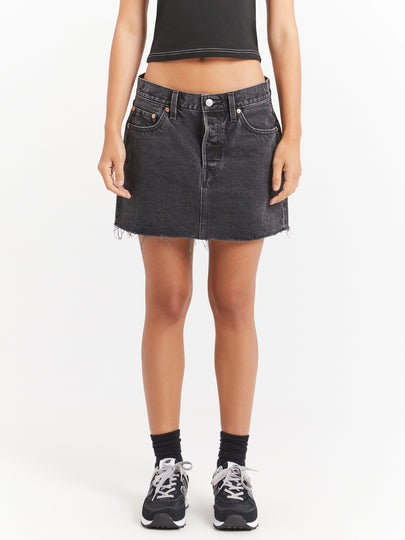
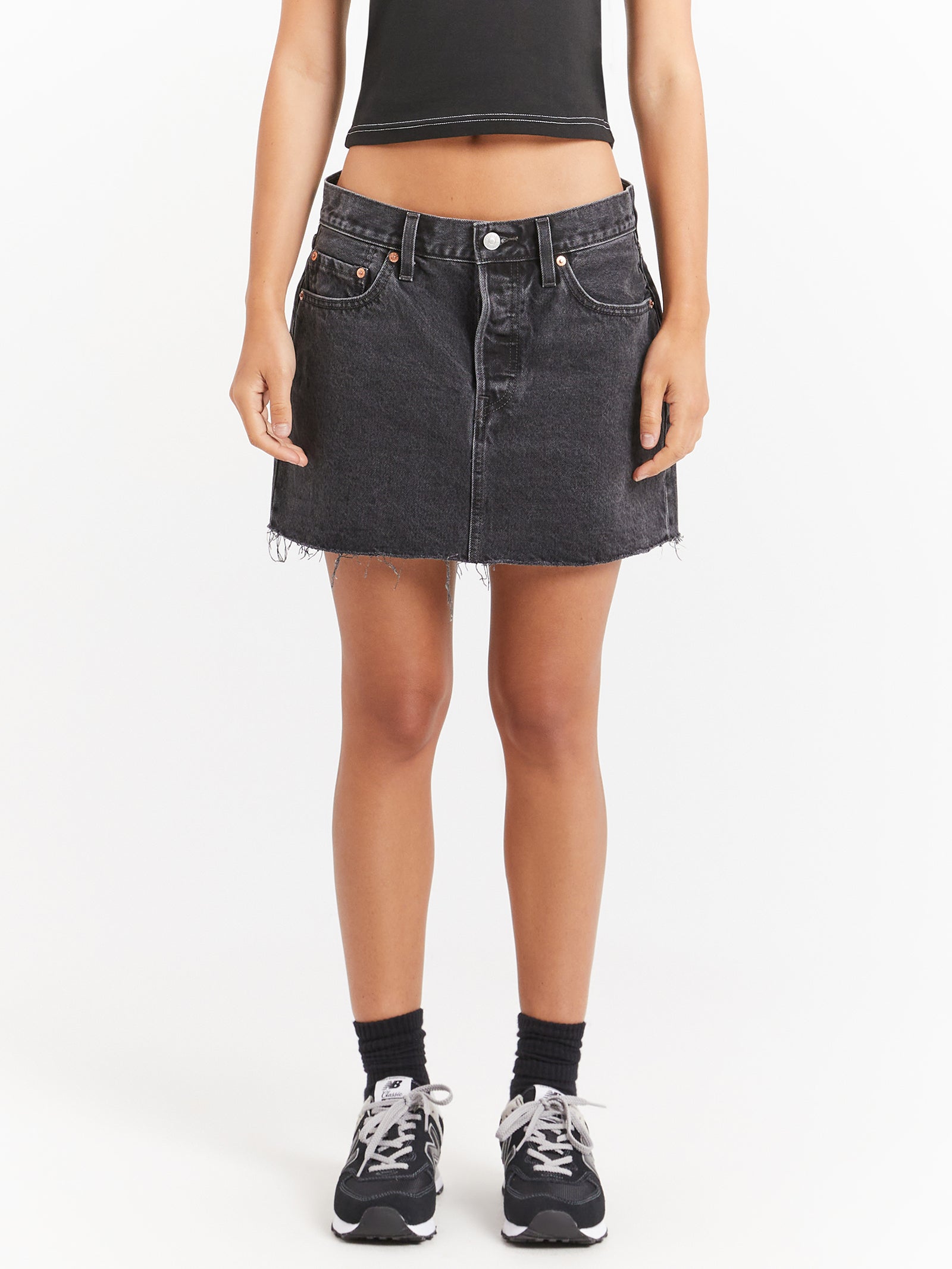
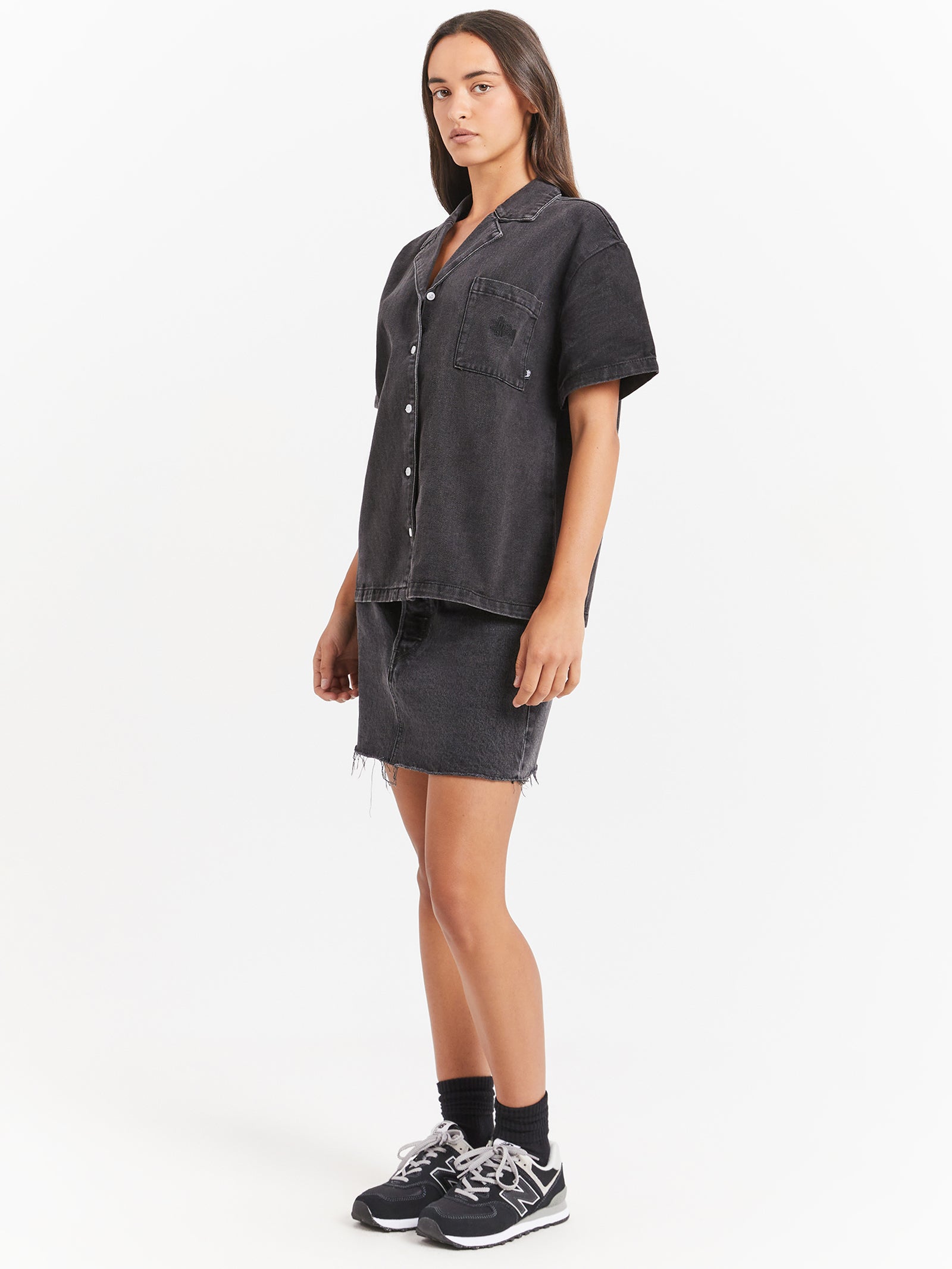
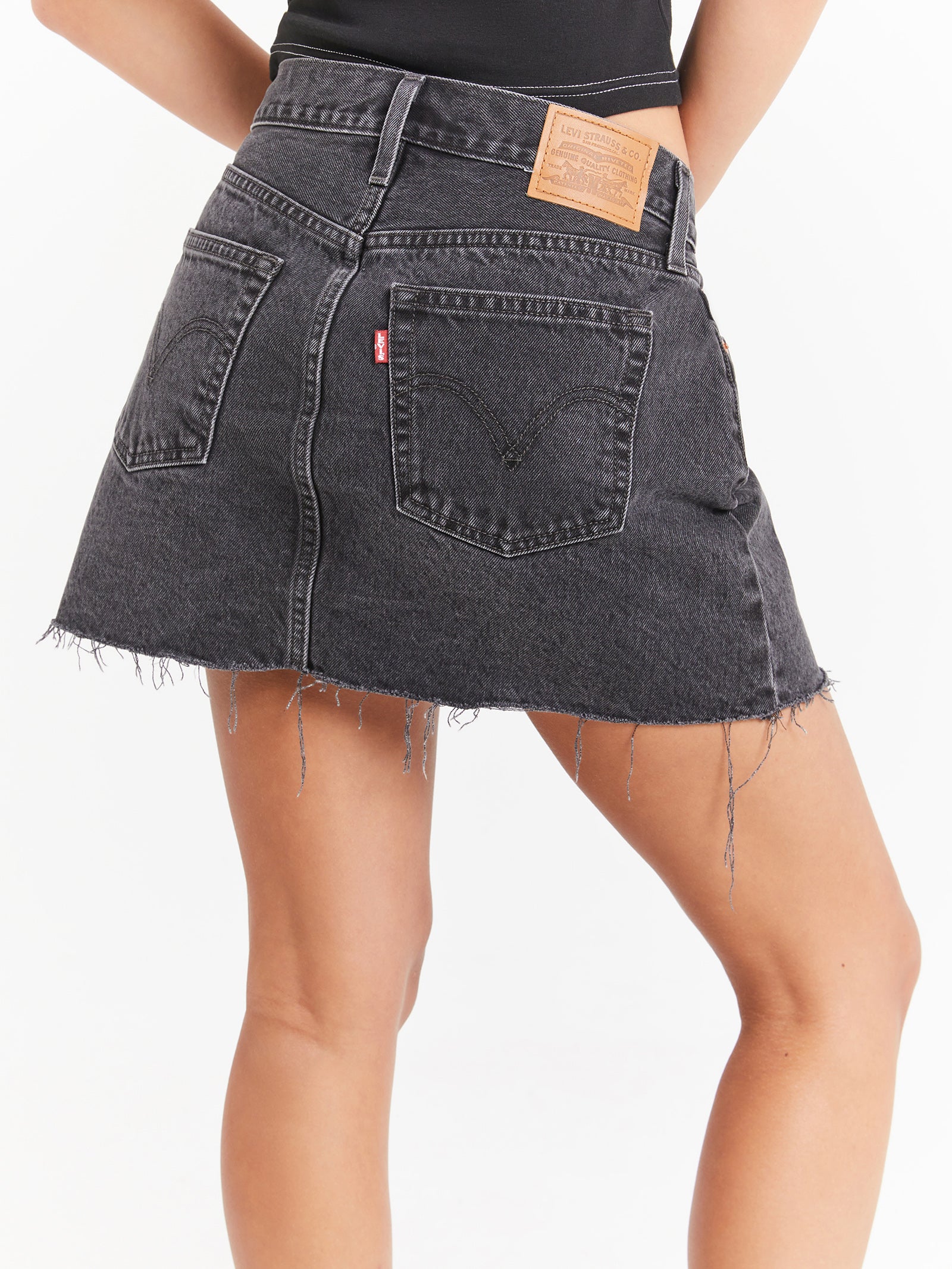
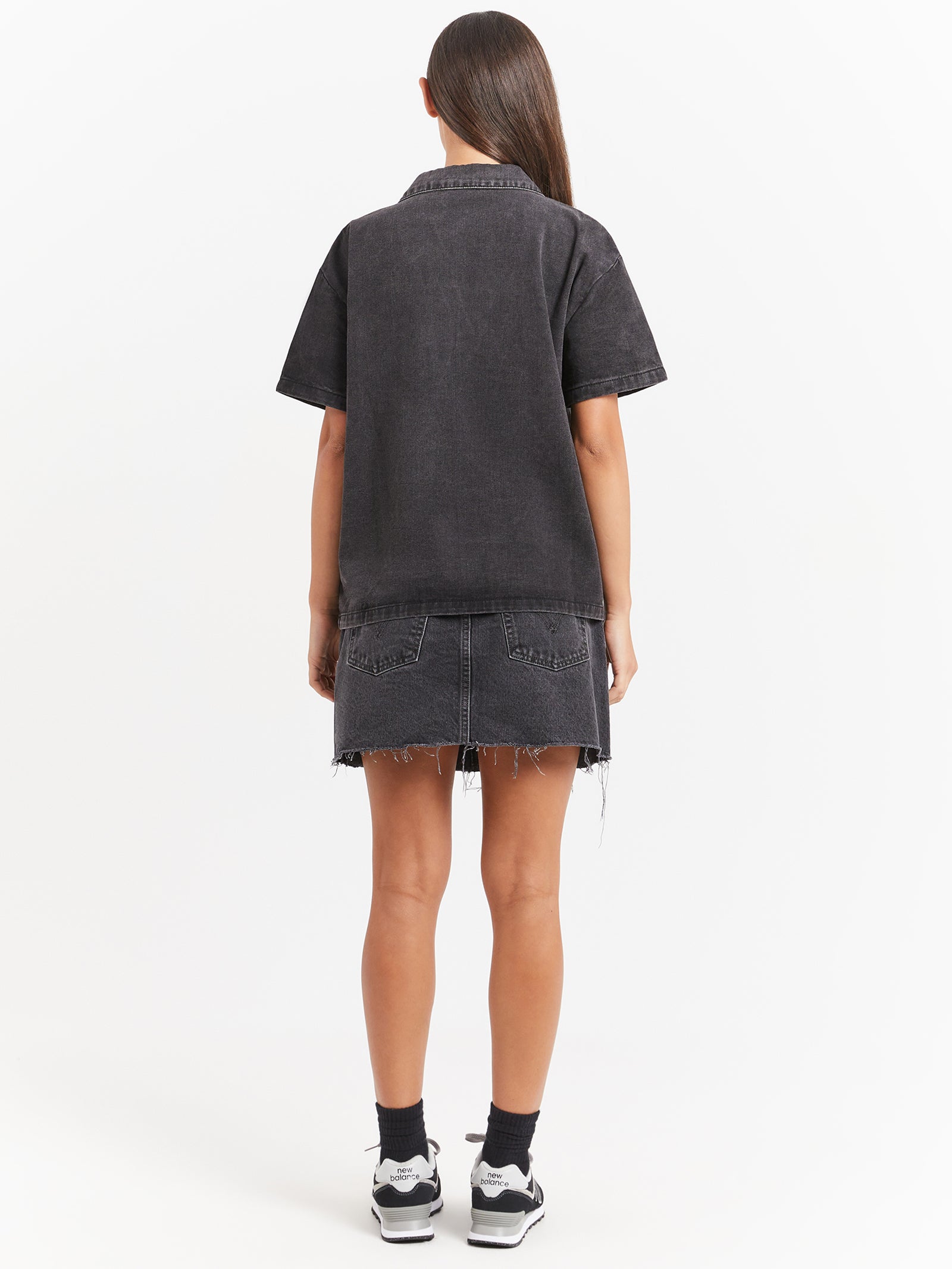
Icon Skirt






501 90s Denim Shorts
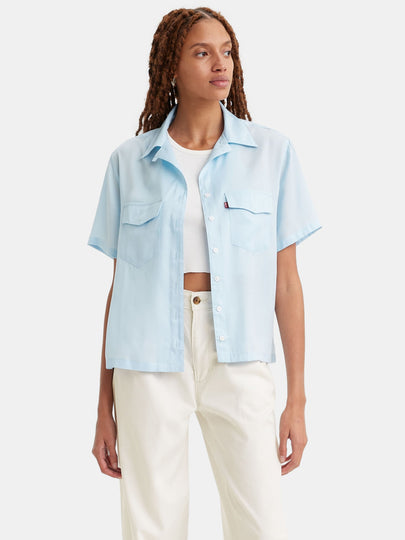
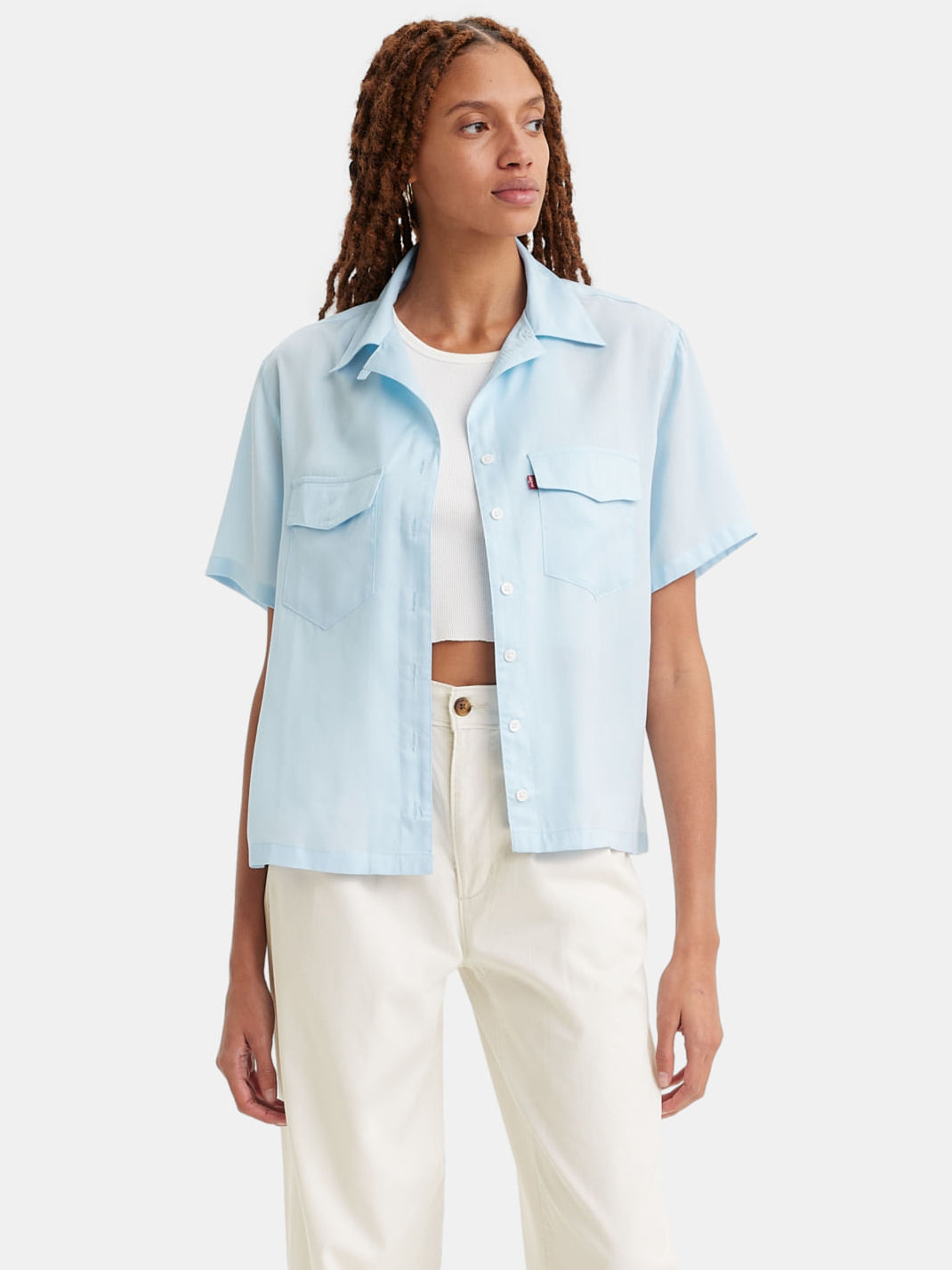
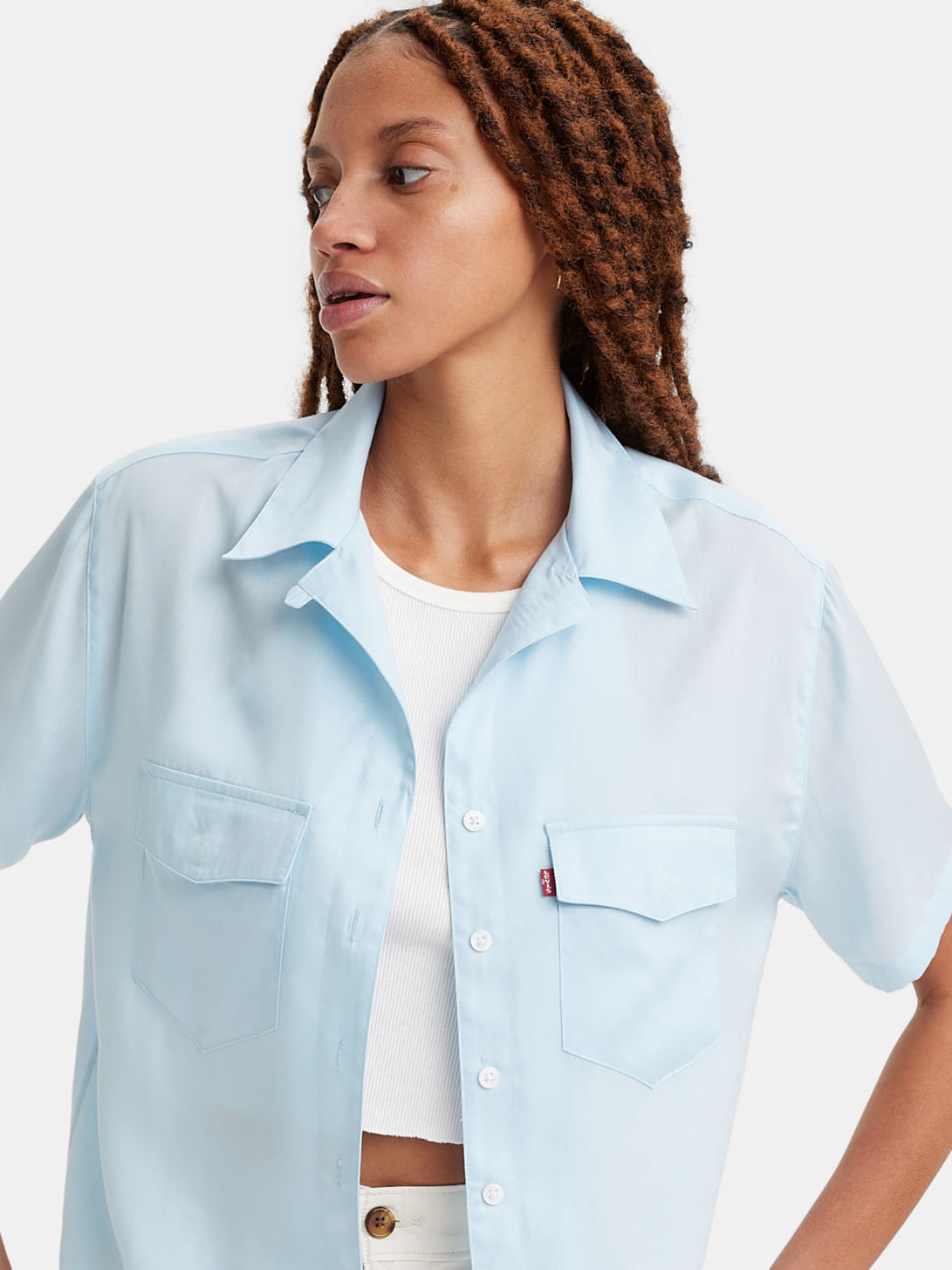
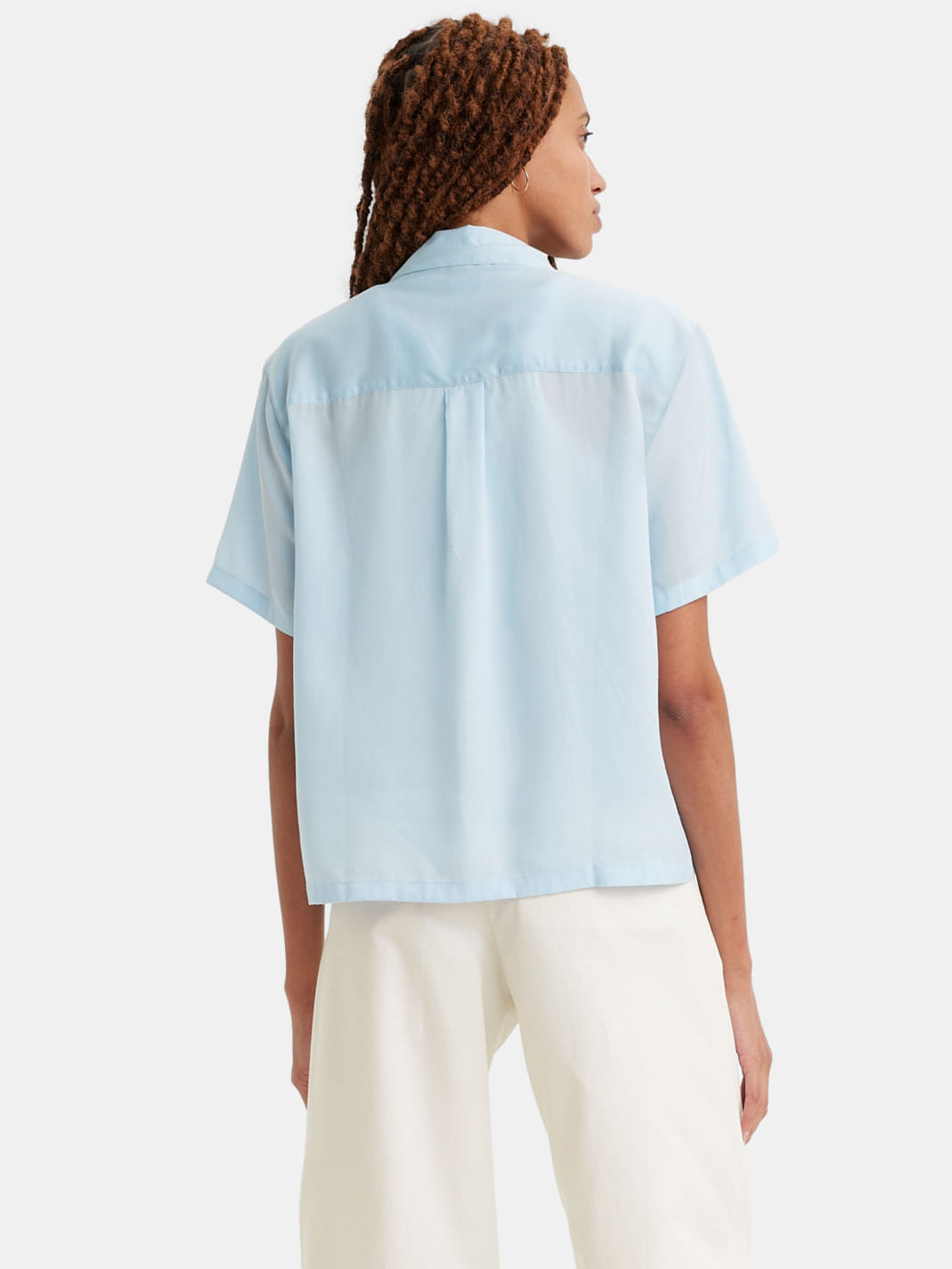
Ember Short Sleeve Bowling Shirt






501 Original Shorts
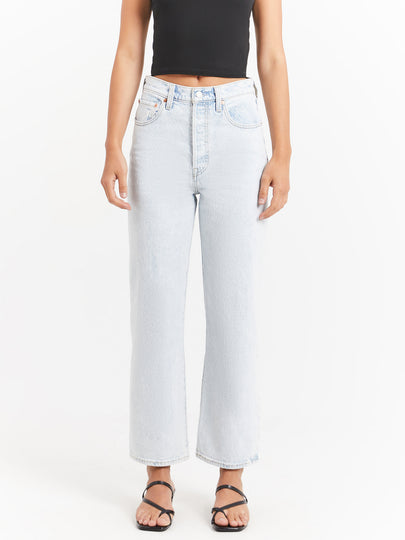




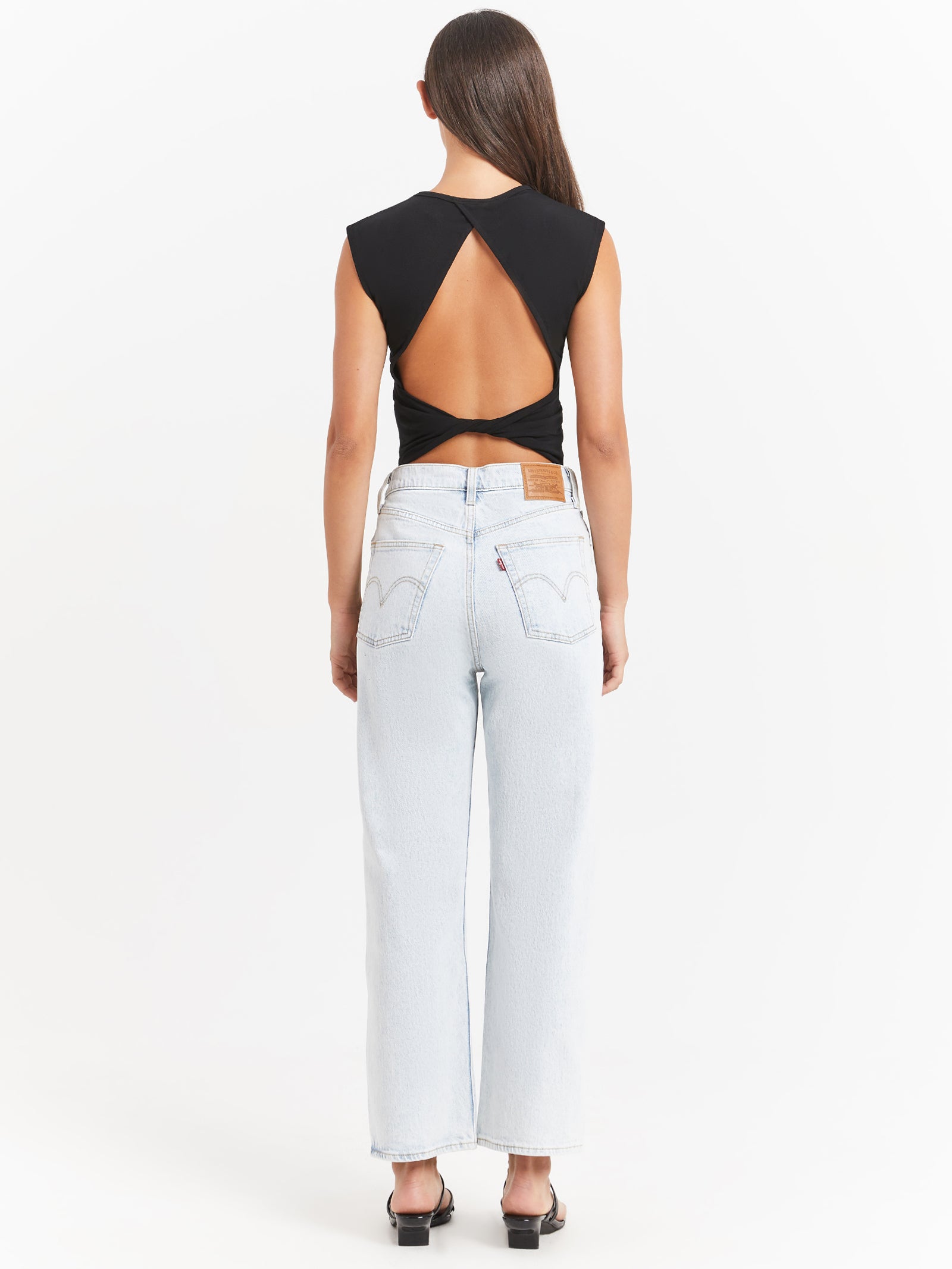
Ribcage Straight Ankle Jeans
A Bavarian immigrant arrived on the shores of San Francisco during the gold rush hoping to make his fortune in the mines. Instead, he struck gold with a brand for the ages. Originally crafted to give miners a functional fit with durable fabrics (notably, the now universally worn denim jeans), Levi’s took a turn of its own accord when it was adopted by subcultural groups. By the 1960s, it was all about cowboys – the image of the brooding outlaw forever associated with dyed denim. Today, you’ll be hard pressed to find a person who hasn’t put their own mark on blue jeans; be it labourers, rock stars, presidents, artists, billionaires, your dad, It Girls or modern-day cowboys.
The Met Gala are embarking on a new era, or so they seem to be signalling with the upcoming exhibition. By looking backwards while simultaneously looking forwards, they aim to acknowledge the moments where American fashion has side-lined certain groups, at the same time as pushing a message of positivity for the future. Whether this will be reflected in their practice moving forward remains to be seen. One thing is for certain, the red carpet next week will attract undivided attention globally. Will you be watching?






















